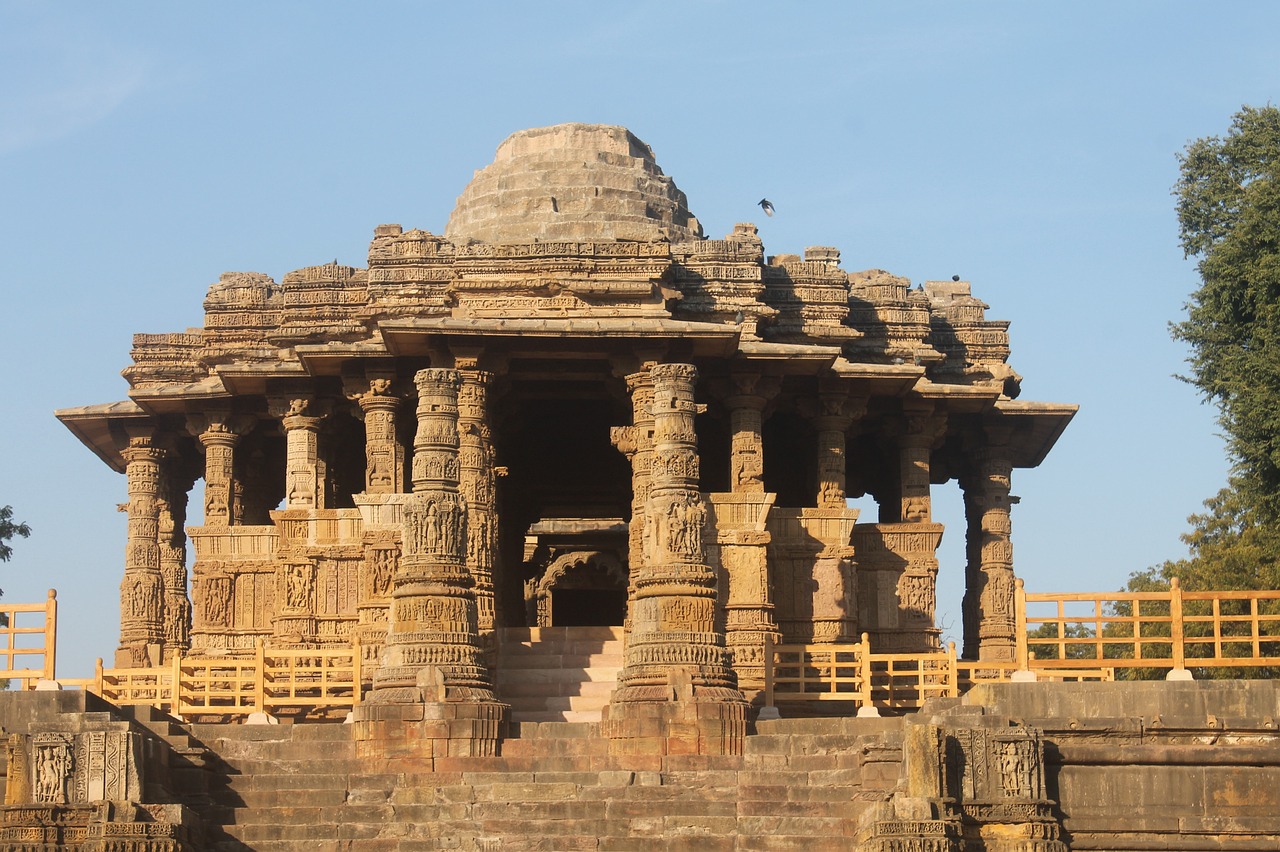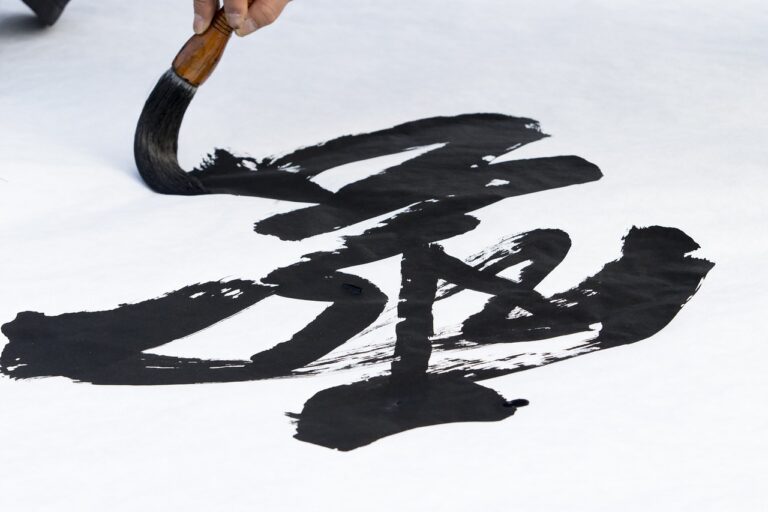Investigating the role of gender dynamics in political campaigns
Throughout history, the realm of politics has been predominantly male-dominated, with women often marginalized and excluded from positions of power and influence. It was not until the late 19th and early 20th centuries that women began to actively advocate for their right to participate in politics, leading to the suffrage movement and eventual granting of the right to vote in many countries.
As women gained the right to vote and participate in politics, they faced significant barriers and challenges in being taken seriously and gaining equal representation. Despite making strides in the political arena, women continue to be underrepresented in positions of power, with gender discrimination and bias still prevalent in political systems around the world. The history of gender in politics is marked by a struggle for equality and representation, highlighting the ongoing need for addressing gender disparities in political leadership.
The Influence of Gender Stereotypes on Campaigns
When it comes to political campaigns, gender stereotypes play a significant role in shaping public perception of candidates. Women candidates are often subjected to unfair scrutiny regarding their appearance, emotional capacity, and leadership abilities. On the other hand, male candidates are often portrayed as strong, assertive leaders, creating a double standard that can hinder the success of female candidates.
These gender stereotypes not only impact how candidates are perceived by the public but also influence the way they are covered in the media. Women candidates are more likely to face biased media coverage that focuses on trivial aspects of their personal lives rather than their policies and qualifications. This unequal treatment can have a detrimental effect on women’s political careers, perpetuating a cycle of gender bias in the political arena.
Gender Bias in Media Coverage
Research has shown that gender bias in media coverage is still prevalent in politics, affecting how candidates are portrayed and perceived by the public. Female candidates often face heightened scrutiny and criticism compared to their male counterparts. They are more likely to be evaluated based on their appearance, likability, and personal life, rather than on their qualifications and policies. This perpetuates the stereotype that women are less capable or competent in political leadership roles, ultimately hindering their chances of success in elections.
Media coverage also tends to focus more on the appearance and family life of female candidates, while emphasizing the achievements and policy positions of male candidates. This unequal treatment reinforces societal gender stereotypes and contributes to the underrepresentation of women in politics. The media has a significant influence on shaping public opinion and perceptions of political candidates, highlighting the importance of addressing and eliminating gender bias in media coverage to promote gender equality in the political arena.
What is the history of gender in politics?
The history of gender in politics has been marked by inequality and discrimination, with women facing significant barriers to entry and advancement in the political sphere.
How do gender stereotypes influence political campaigns?
Gender stereotypes often shape the way candidates are perceived and covered in the media, with women facing stereotypes that they are less competent or likable than their male counterparts.
What are some examples of gender bias in media coverage?
Examples of gender bias in media coverage include focusing on a female candidate’s appearance or family life rather than her policy positions, as well as using language that is more harsh or critical towards women than men.







